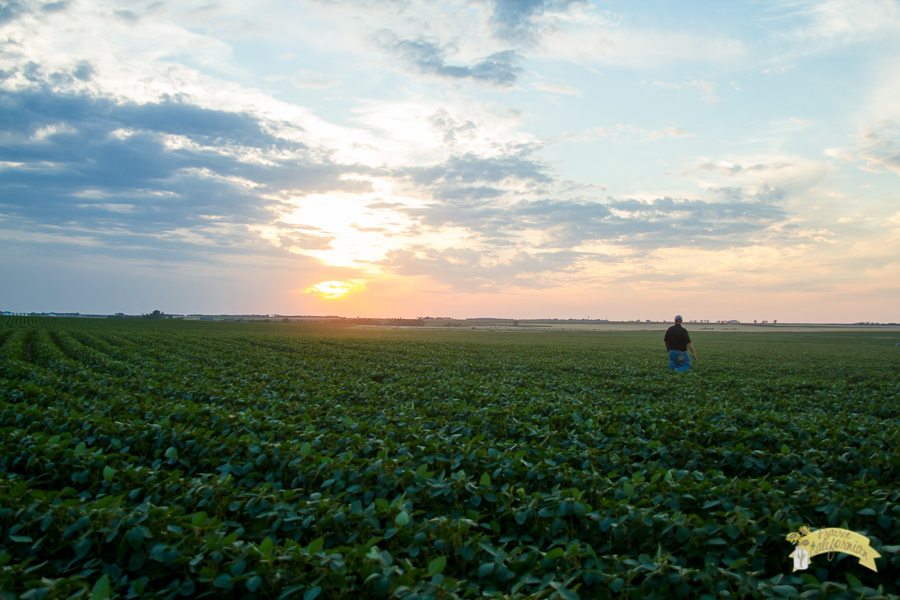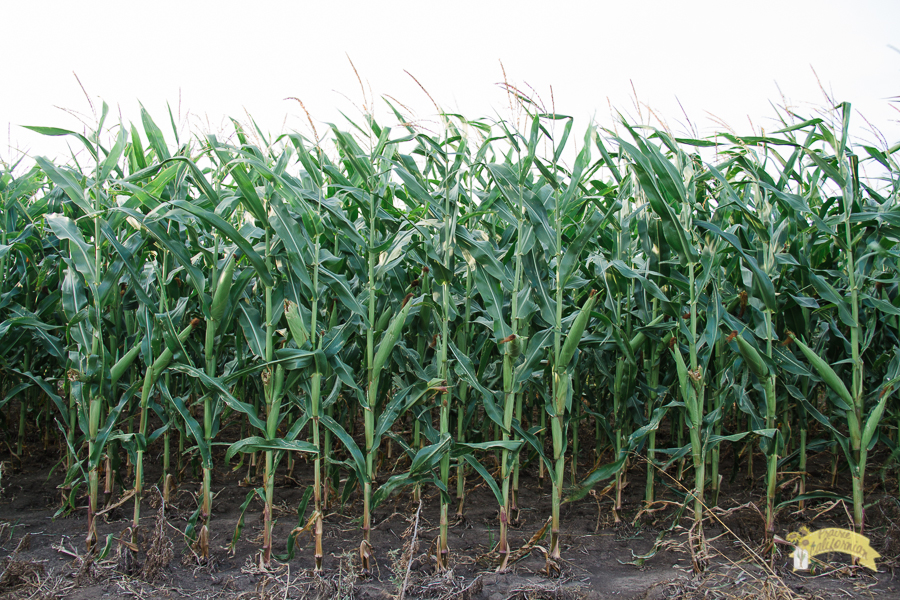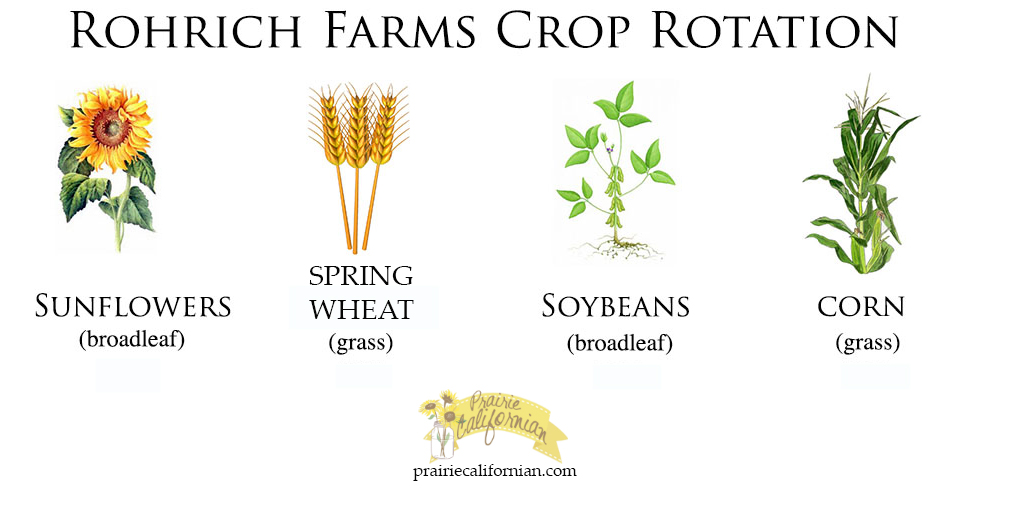
You talk to any farmer across the nation, and most will agree the importance and benefit to crop rotation. Crop rotation plays an important function in farming. Utilizing a crop rotation can help keep pests and diseases under control, help to maintain soil quality, and ensure enough nutrients are available to different crops each year.
Here in North Dakota, we have the opportunity and ability to plant a variety of different crops. In fact, North Dakota has a history of diverse crops; someone like my husband’s grandfather didn’t originally plant many of the crops we plant now. Traditional crops for our area such as wheat, barley, oats, sunflowers, and flax have been slowly phased out for crops like corn and soybeans. But on our farm, we still continue some of the traditional crops in our area. The reasons behind this are numerous and with this post, I hope to shed some light on those reasons.
On our farm we grow four different crops. And we grow these crops because we have the opportunity to do so. Planting a variety of crops for our operation lowers our risk. We don’t want to put all of our eggs in one basket. What I mean by that is that in our area we can have a great short season and a bad long season or vice versa. In turn, we utilize a variety of short season AND long season crops. Our climate and seasons simply aren’t set up for a full season crop such as corn all the time.

Out of the four crops we plant, two are broadleaf and two are grasses. We cycle them through in rotations from grass to broadleaf and repeat. A rotation like this also allows us to change modes of herbicide action so that we aren’t putting the same herbicides on the field time and time again.
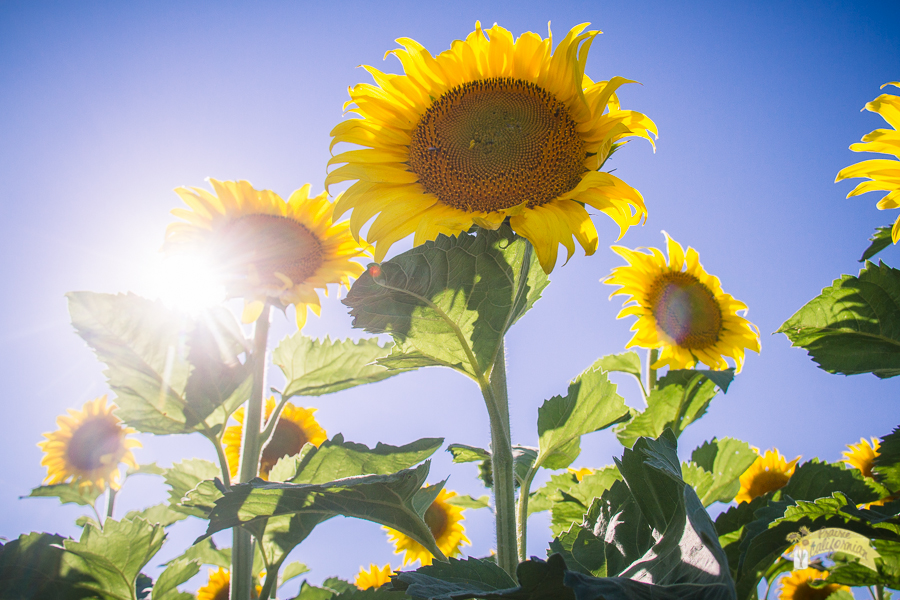
Sunflowers
We plant sunflowers on our farm because it is a good warm season broadleaf that utilizes the leftover nitrogen in the soil from the previous corn crop. The flowers are planted in between the previous year’s corn rows. We are fortunate in our area to be able to plant sunflowers as many places around us are too wet or have a problem with blackbirds. Sunflowers have also, historically, been a consistently stable commodity for us to market.
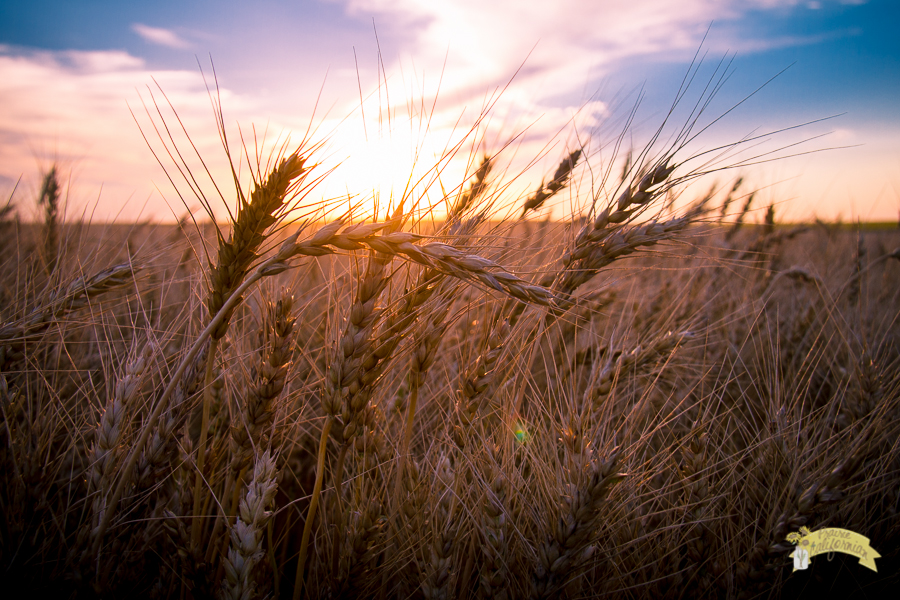
Wheat
Wheat is an original crop grown to this area and we choose to put it in our rotation because it is a great cool, short season grass. We seed wheat into sunflower residue because as a short season crop, it does well after a full season crop like sunflowers. Sunflowers also tend to leave behind limited water so if you were to plant another full season crop like corn, it could run out of water later in the year. With a short season crop like wheat, we typically don’t have this problem.
Soybeans
Soybeans are a great stable crop for our area. Soybeans allow us to maintain good weed control as well as are a pretty tolerant crop. We need a crop that can be seeded into wheat residue that has the potential to be wet (after the thaw) and soybeans allow us to seed in a wide range of planting dates.
Corn
Corn, for the most part, is an opportunity crop in our area. If you can get quality yield and good prices, corn does very well for us. But you can only sustain so many acres in corn because it’s a hedge on risk. We plant our corn early, as corn is a full season crop, and on soybean ground because the soybeans leave us with low residue in the field.
Conclusion
A crop rotation like this is simply what works for our farm. It is by no means a rigid set of rules or guidelines for others to follow. In fact, all farms differ. From year to year, for some farms, the crops may vary or crops may stay the same.Many years we’ve tried older crops like flax in our rotation. But not all farms across the nation have the opportunity to do a rotation like this, some areas are simply not set up for certain crops.
Ultimately, it is the responsibility of each farm to decide for themselves what is the most beneficial and profitable for their farm all while keeping all those various factors like soil, nutrients, water, residue, etc. in mind when picking crops to plant. Choosing crops and seed varieties are not a choice that any farmer takes lightly as described in depth by this post, Do Farmers Have Choices.
Choosing what to plant takes time, research, and even counsel sometimes to find what is best for your farm. And for some it takes trail and error before they figure out what works and what doesn’t. It is often like anything in life, finding a good balance, is key.

